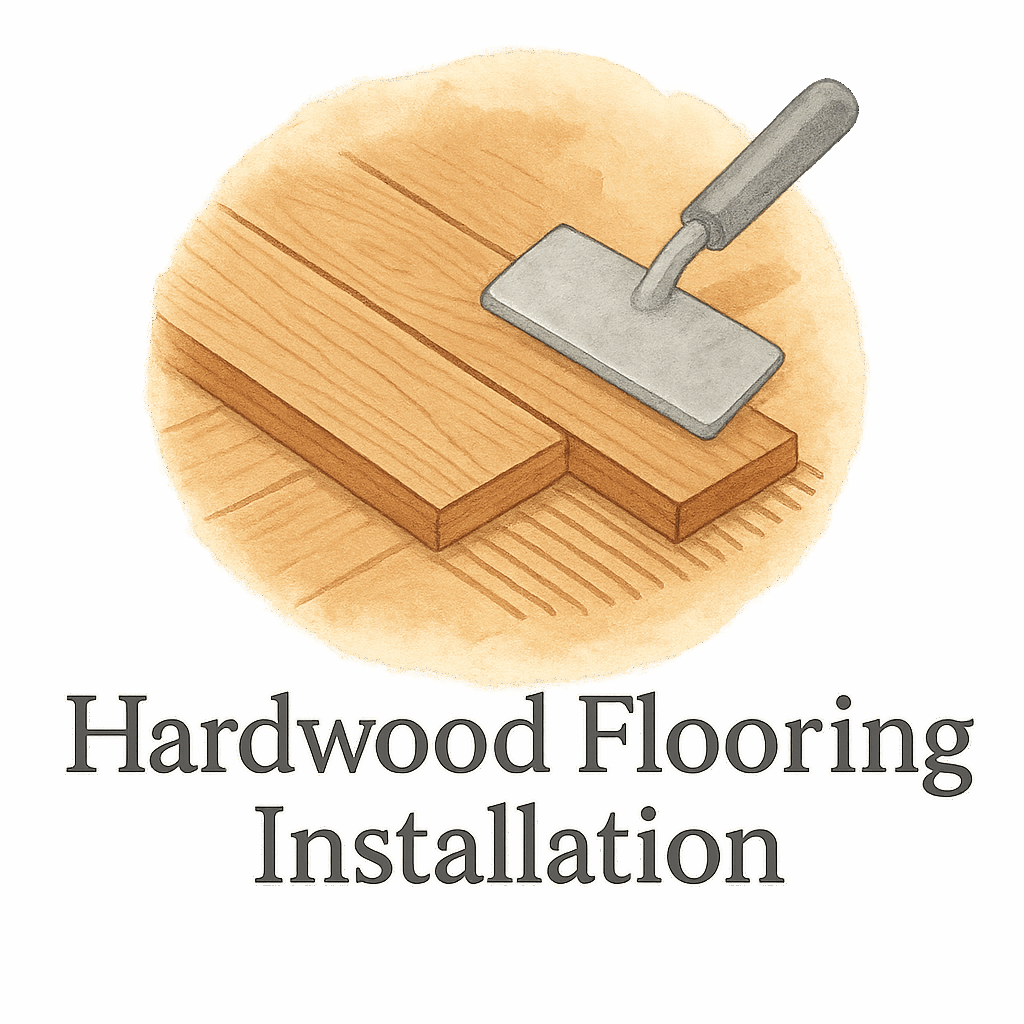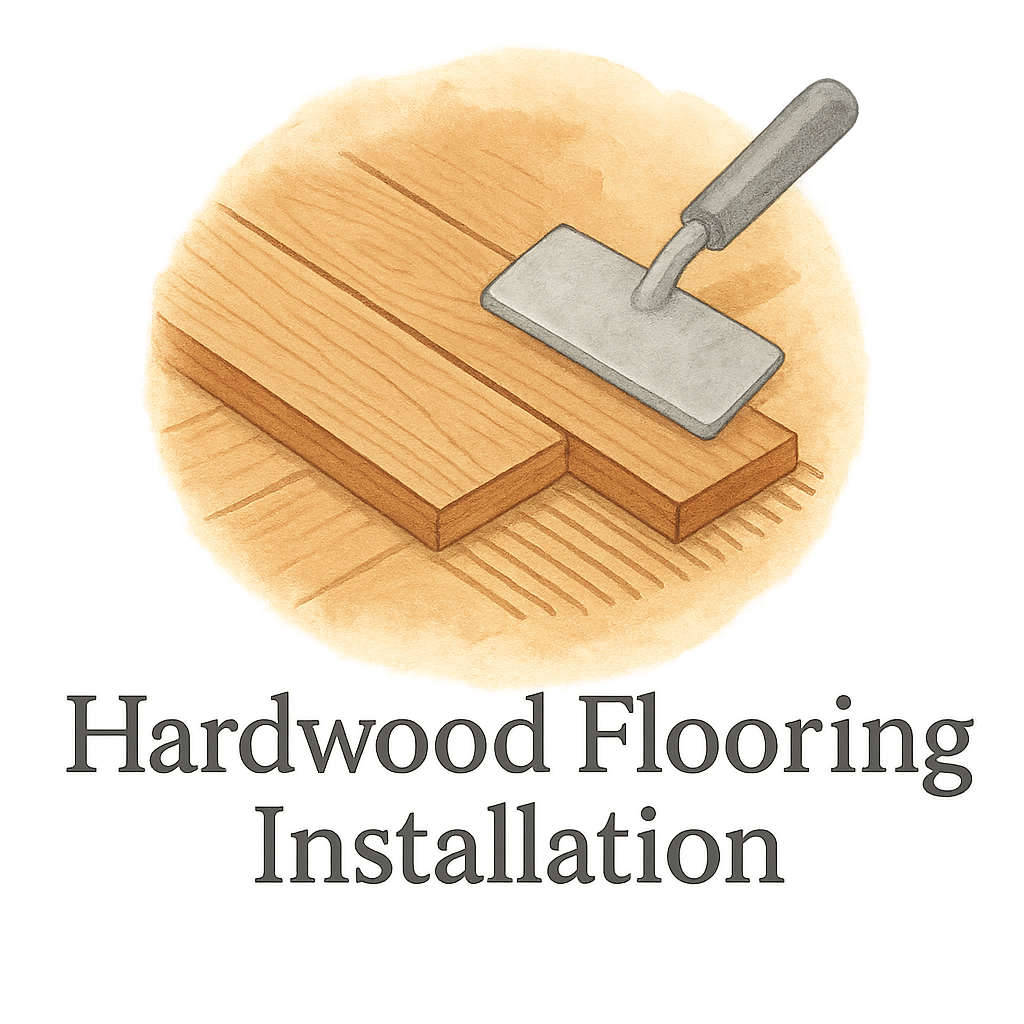If you’re thinking about installing hardwood floors, you’re probably excited to see that beautiful finish under your feet. But before you get too eager, let’s talk about something many DIYers overlook—safety precautions before starting hardwood flooring installation. Getting injured or damaging your home can set you back, cost a lot, or worse, send you to the ER. Let’s walk through the nine essential precautions that will keep your hardwood flooring project safe and stress-free.
Why Safety Matters in Hardwood Flooring Installation
Hardwood floor installation isn’t just about slapping down planks and admiring your work. It involves sharp tools, heavy lifting, and hazardous materials. The good news? With a few thoughtful steps, you can avoid injuries and common flooring mistakes. Whether you’re a DIYer or a first-time homeowner tackling your own flooring, this guide will keep you safe and confident.
For more DIY help, check out the DIY Flooring Installation section on our site.
1. Inspect Your Work Area Thoroughly
Before you do anything, take a long, hard look at your space.
Remove Hazards Before You Begin
Loose nails, uneven subfloors, broken glass, or even a rogue LEGO brick can ruin your day. Clear everything out of the room, and clean the floor thoroughly. Safety starts with a clean slate.
You can also refer to Flooring Preparation for in-depth tips.
Ensure Proper Lighting
Poor lighting is a shortcut to disaster. Plug in some work lights and check all corners. Shadows can hide trip hazards or uncut corners.
2. Wear the Right Protective Gear
Don’t just dive in with jeans and a T-shirt.
Safety Goggles and Dust Masks Are a Must
Wood dust might seem harmless, but it can cause long-term respiratory issues. Always wear a dust mask or respirator. Safety goggles protect your eyes from splinters when cutting or nailing boards.
Explore our tag on cleaning to learn how to minimize airborne particles.
Gloves and Knee Pads Make a Huge Difference
Your hands and knees are doing the most work. Gloves protect from splinters and blisters, and knee pads will save you from crawling agony.
3. Handle Tools with Caution
Flooring tools aren’t toys.
Read Manuals and Practice First
Before using tools like saws, nail guns, or jigsaws, read the manual. YouTube tutorials help, but nothing beats understanding your tool’s specific quirks.
Browse our Flooring Tools & Materials guide to get familiar with your gear.
Use Flooring Tools Correctly
Keep your fingers clear, blades sharp, and cords untangled. Never bypass safety locks or try to “eyeball” a cut.

4. Check Electrical Outlets and Cables
Power tools mean you’ll be dealing with a lot of cords.
Turn Off Power When Necessary
If you’re removing old flooring near outlets or wiring, shut the power off. One accidental cut through a live wire can turn tragic.
Secure Cables to Avoid Tripping
Use duct tape or cable organizers to route cords along walls. Don’t let them snake across walkways.
5. Keep Your Flooring Materials Safe and Organized
Mess equals danger.
Stack Wood Planks Securely
Stack your hardwood flooring flat, in small, manageable piles. You don’t want an avalanche of oak to fall on your foot.
Store Tools and Materials Neatly
Use bins, boxes, or a toolbox. Put sharp objects in their place and keep heavy tools off surfaces where they can fall.
Need help estimating how much material you’ll need? Visit Flooring Cost & Time Estimation.
6. Ventilate the Room Properly
A stuffy room + chemical fumes = trouble.
Avoid Inhaling Harmful Fumes
Some flooring adhesives and finishes emit strong VOCs (volatile organic compounds). You don’t want to pass out mid-install.
Use Fans and Open Windows
Create airflow. Open windows, use fans, and take breaks outdoors to breathe clean air.
7. Practice Proper Lifting Techniques
Hardwood isn’t light. Your back will thank you.
Protect Your Back
Lift with your legs, not your back. Keep the load close to your body. Don’t twist while lifting.
Ask for Help When Moving Heavy Loads
There’s no shame in asking a buddy for help. Two people can lift safer and faster than one.
8. Follow Manufacturer’s Instructions Carefully
It may seem obvious, but so many skip this part.
Don’t Skip the Fine Print
Each flooring type has unique instructions. Moisture requirements, acclimation time, installation patterns—it’s all in there.
Keep Instructions Nearby
Print out the manual or keep it on your phone. Refer to it regularly, especially when doing complex steps.
Need layout inspiration? Check out our layout and patterns tags.
9. Prepare for Flooring Installation with a Plan
Failing to plan is planning to fail, especially with hardwood.
Have All Supplies Ready
Before cutting your first board, gather every tool and material you’ll need. Make a checklist.
See our prep tag to make sure you’re fully geared up.
Know Your Flooring Layout
Sketch it out. Know where your seams will land and where tricky cuts will be. This avoids mistakes mid-install.
Avoid common mistakes by being organized from the start.
What to Do If an Accident Happens
Even with precautions, things can go wrong.
If it’s a minor cut or bruise, keep a first-aid kit nearby. For serious injuries, stop work and seek medical help immediately. Always prioritize health over finishing a job faster.
Final Thoughts on Flooring Safety
Installing hardwood flooring yourself is rewarding—but only if you get to enjoy the results in one piece! A little caution goes a long way. These safety precautions can protect your body, your tools, and your beautiful floors.
For more tips, tricks, and insider knowledge, visit Flooring Contractor Plan of BS and browse our home improvement, flooring, and guide tag archives.
Conclusion
Safety isn’t optional—it’s essential. Before you lay down your first hardwood plank, take time to prepare and protect yourself. From gear to planning, every step counts toward a successful, injury-free installation. Follow these 9 safety precautions before starting hardwood flooring installation, and you’ll not only get great results—you’ll enjoy the process, too.
Looking for more? Dive into our FAQs below and check out flooring maintenance & repair to keep your hardwood floors looking brand new.
FAQs
1. What is the most important safety precaution for hardwood flooring?
Wearing proper protective gear—especially goggles, masks, and gloves—is essential.
2. Should I hire a pro instead of doing hardwood flooring myself?
If you’re unsure about tool safety or subfloor conditions, it’s worth checking out professional help or at least a quote.
3. What’s the best way to avoid flooring installation mistakes?
Follow the manufacturer’s instructions and visit our planning and install sections.
4. How do I know if my room is ventilated enough?
If the room feels stuffy or smells strong, add more fans and open more windows.
5. Can I reuse old flooring tools?
Yes, but inspect them for rust, frayed cords, or dull blades before use.
6. How can I estimate how long installation will take?
Check our Flooring Cost & Time Estimation page for timeframes based on room size and experience.
7. What kind of underlayment should I use?
Explore our underlayment tag for guidance tailored to your floor type and subfloor.


